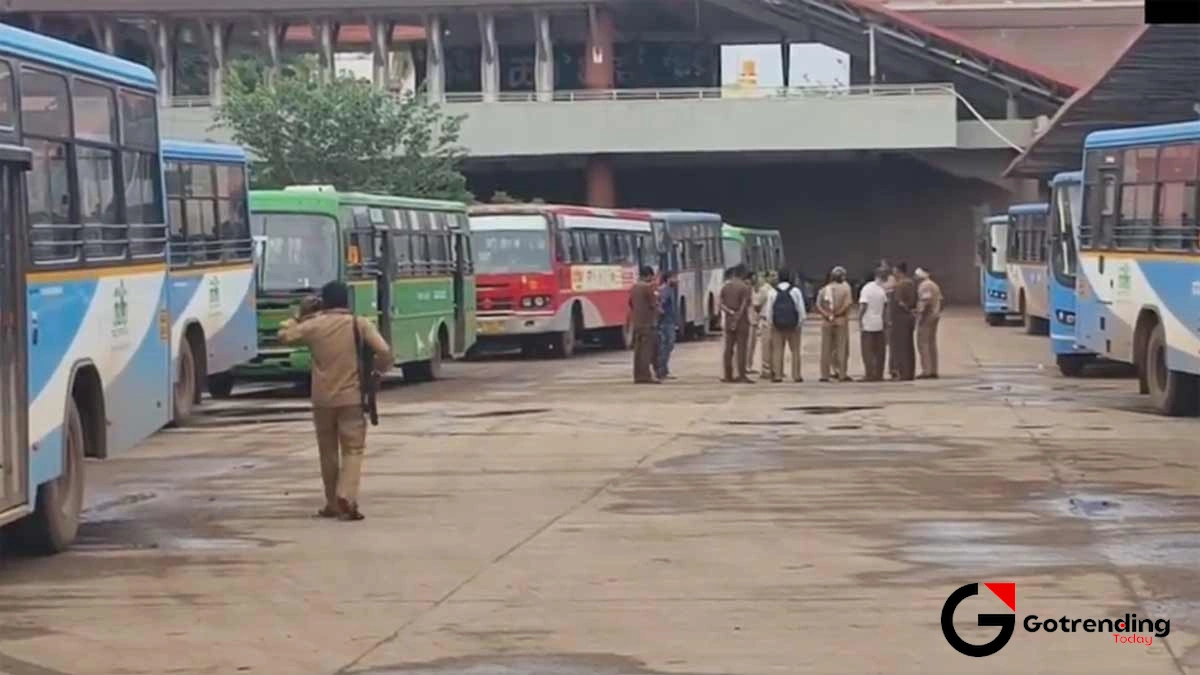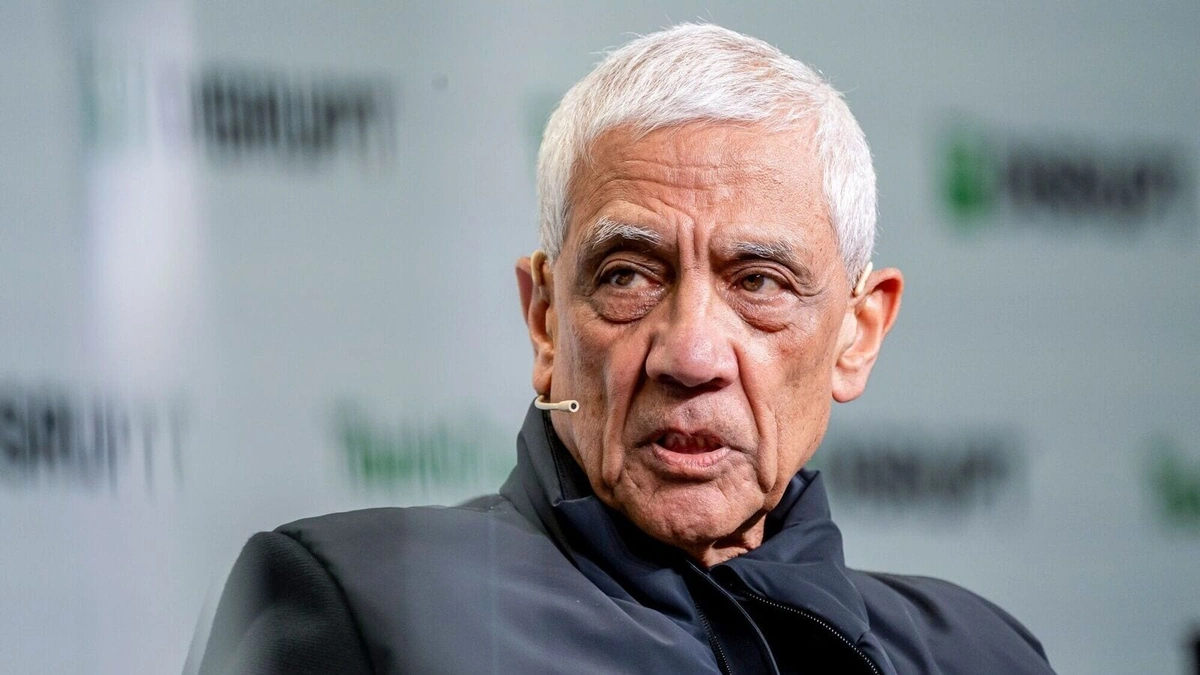The KSRTC Bus Strike | It’s Not Just About Your Commute, It’s About a System at a Breaking Point
Let’s be honest, the moment you hear the words ” KSRTC bus strike in Karnataka ,” your heart sinks a little. Your mind immediately jumps to the practical problems: How will I get to work? Is my trip to my hometown cancelled? Will the autos and cabs charge a fortune? It’s a collective groan that echoes across the state, from the bustling streets of Bengaluru to the quiet roads of Malnad.
And that’s completely understandable. The iconic red bus is the circulatory system of Karnataka, the lifeline for millions of students, office-goers, farmers, and families. When it stops, the state holds its breath.
But here’s the thing. What if we looked past the immediate inconvenience? I mean, really looked. Because these strikes, which seem to happen with frustrating regularity, aren’t just about a single day’s disruption. They are a symptom of a much deeper, more complex issue simmering beneath the surface of our public transport system. What fascinates me is that the empty bus stand tells a story a story about promises, economics, and the immense pressure on the people who literally keep our state moving.
So, grab a coffee. Let’s sit down and unpack what’s really going on. This isn’t just news; it’s the ‘why’ behind the gridlock.
Beyond the Paycheck | Unpacking the Real Demands of KSRTC Employees
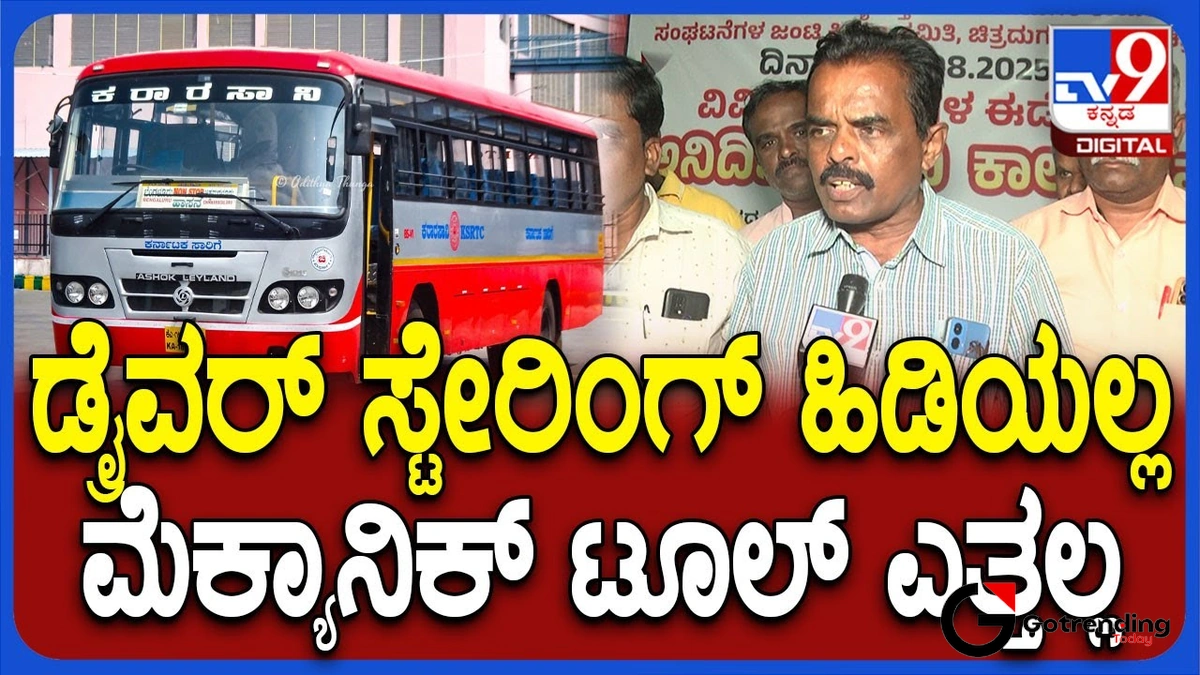
The headlines often oversimplify it, boiling it down to “employees demand more pay.” While that’s part of it, it’s like describing an entire movie by just its final scene. The core of the conflict is far more nuanced. For years, the unions representing the employees of Karnataka’s four road transport corporations (RTCs) have been fighting for a fundamental revision of their pay scales.
Their central demand? Implement the recommendations of the 6th Pay Commission for RTC employees. Now, that sounds like bureaucratic jargon, so let me translate. The Pay Commission is a body set up by the government to review and recommend changes to the salary structure of its employees. For most government departments, this is a standard, periodic update. But for the KSRTC employees demands , this has been a long-standing point of contention. They argue they are performing a government service and should be treated on par with other government employees.
Think about it. These are people who work incredibly long hours, often in stressful conditions, navigating some of India’s most chaotic traffic. They are responsible for the safety of tens of thousands of passengers every single day. Yet, their pay structure, they argue, hasn’t kept pace with inflation or the standards set for other public servants. It’s not just about a raise; it’s about recognition and parity. This isn’t a new problem it’s a wound that gets reopened every few years, leading to the standoffs we see today.
The Elephant in the Room | The Financial Ripple Effect of the Shakti Scheme
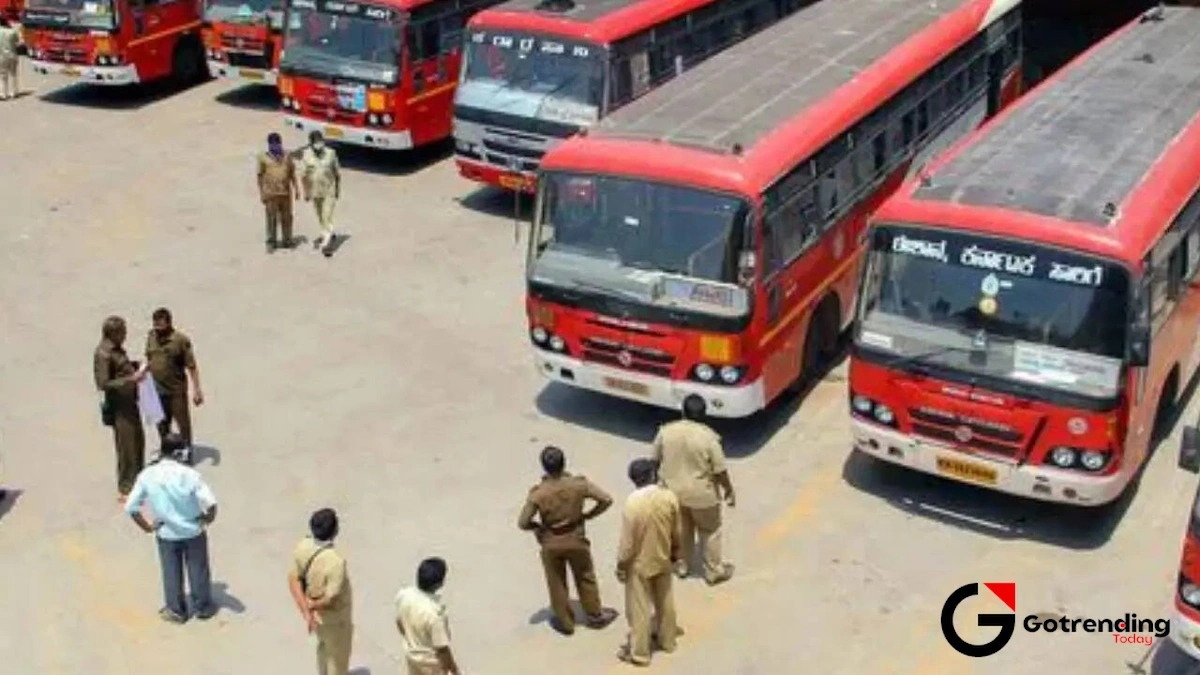
Now, let’s talk about the big, new, and incredibly significant factor in this equation: the Shakti scheme Karnataka . This government guarantee, offering free bus travel to women across the state, was a landmark social policy. It has empowered millions of women, giving them mobility and access to education and economic opportunities they might not have had before. On that front, it’s a massive success.
But it has created a huge financial paradox for the RTCs.
Here’s how it works (or is supposed to work): The RTCs provide the free service, and the government is supposed to reimburse them for the tickets that would have been sold. Sounds simple, right? Well, the reality is more complicated. The RTCs, which were already struggling with operational costs, now have a massive chunk of their revenue tied up in government reimbursements. If that money doesn’t arrive on time or in full, their cash flow is crippled. They still have to pay for fuel (which isn’t getting any cheaper), maintenance, and of course, salaries.
When the government is slow to pay its bills, the RTCs are the ones left holding the bag. I initially thought the strike was just a classic labour dispute, but then I realized its timing is directly linked to this new economic reality. The corporations are financially squeezed, making it even harder for them to consider meeting employee demands for better pay. The Shakti scheme, while socially beneficial, has inadvertently tightened the financial noose around the very corporations responsible for its execution. For more context on how big economic policies can have widespread effects, you might find this explainer on theNifty 50interesting.
A Tale of Four Corporations | Why We’re All in the Same Leaky Boat
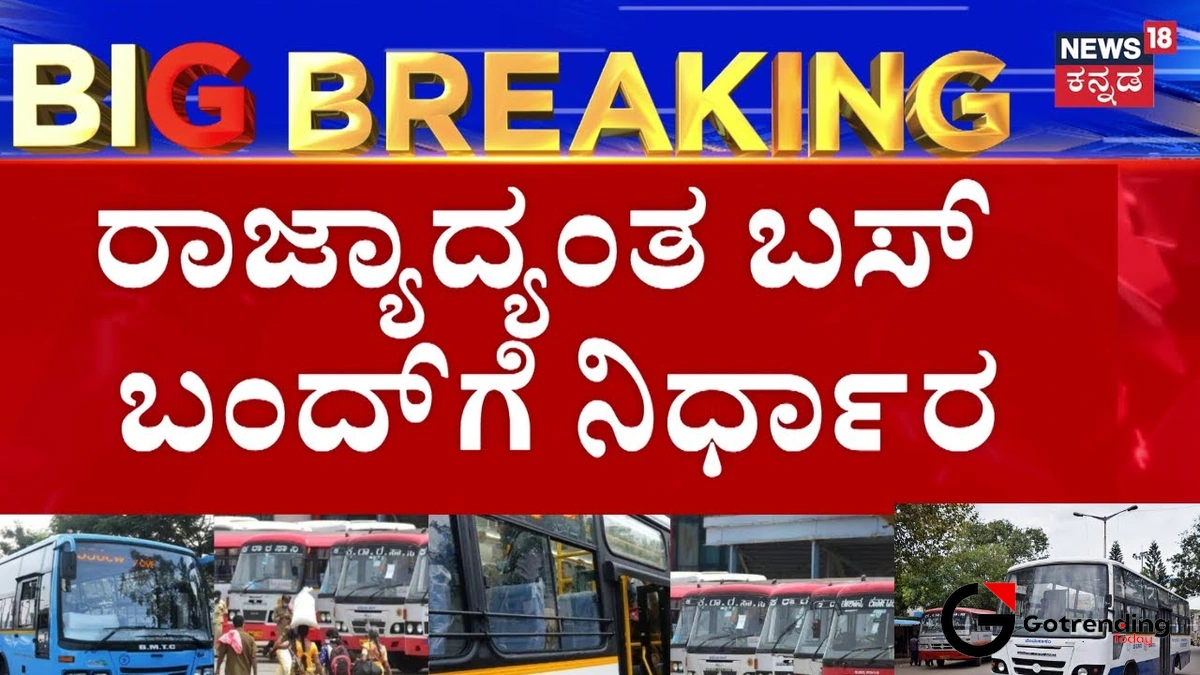
A common misconception is that “KSRTC” is one giant entity. It’s not. The state’s public bus service is actually managed by four distinct corporations:
- KSRTC (Karnataka State Road Transport Corporation): Primarily serves Southern Karnataka.
- BMTC (Bengaluru Metropolitan Transport Corporation): The familiar giant that serves the Bengaluru urban district. When you see a BMTC bus strike update, this is the one.
- NWKRTC (North Western Karnataka Road Transport Corporation): Serves the northwestern districts.
- KKRTC (Kalyana Karnataka Road Transport Corporation): Serves the northeastern districts.
While they operate in different regions, their employees are united under a federation of unions. Their challenges aging fleets, rising diesel costs, government policies, and pay structures are largely the same. So, when a strike is called, it’s a coordinated effort. A problem for one is a problem for all. This is why a strike notice can bring the entire state’s public transport network to a halt, not just one region. They are four pillars holding up one roof, and right now, all four pillars are shaking.
So, What Now? Navigating the Strike and Understanding the Endgame
Okay, so we understand the ‘why’. But what about the ‘now’? How do you, the average citizen, deal with this? While the big picture is complex, your immediate needs are simple: you need to get from Point A to Point B.
First, stay updated. The situation is fluid. Negotiations can start or break down within hours. The most reliable information during a karnataka bandh today or a transport strike will come from official sources. TheKSRTC official websiteand its social media handles are your best bet. Avoid relying on WhatsApp rumours.
Second, plan for alternatives. Yes, this means looking at the Metro (in Bengaluru), private buses (which are often given temporary permits to operate on RTC routes), cabs, and ride-sharing apps. Be prepared for surge pricing and heavy demand. If possible, consider carpooling with colleagues or working from home. The pressure on public figures and services during such events is immense, a theme you can see even in fields far removed, like the career of a top police officer likeDaya Nayak.
The endgame here is almost always a negotiation. The government and the unions will eventually reach a compromise often a temporary truce that kicks the can down the road until the next crisis. The government can’t afford a prolonged shutdown, and the employees can’t afford to go without pay indefinitely. The question is how much ground each side is willing to give.
Frequently Asked Questions (FAQs)
What are the main demands of the KSRTC employees?
The primary demand is the implementation of salary scales equivalent to the 6th Pay Commission, which would bring their pay and benefits in line with other state government employees. They also have demands related to working hours and other benefits.
Will private buses run during the strike?
Often, yes. The Karnataka transport department usually issues temporary permits to private bus operators to run on major routes to ease the burden on the public. However, expect them to be overcrowded and potentially more expensive.
How does the Shakti scheme affect the bus strike?
While the scheme itself isn’t the direct cause, it has put significant financial strain on the RTCs due to delays in government reimbursements. This makes it harder for the corporations to meet the financial demands of their employees, adding a major layer of complexity to the negotiations.
Where can I get the latest, most reliable updates?
Stick to official sources. Check the official websites and social media accounts of KSRTC and BMTC. Major news outlets also provide live updates during a strike.
Is the Namma Metro in Bengaluru affected?
No, the Metro is a separate entity and is not affected by the RTC strike. In fact, it usually increases the frequency of its services during such times to handle the extra passenger load.
How long will the strike actually last?
This is the million-rupee question. Honestly, no one knows for sure. It could be a single day or last for several days, depending on how negotiations progress. It’s a high-stakes standoff, and predicting the outcome is nearly impossible.
The next time you’re stuck in traffic because of a bus strike, try to see beyond the immediate frustration. That silent bus on the side of the road isn’t just an inconvenience. It’s a powerful symbol of a complex tug-of-war between social promises, economic realities, and the dignity of the thousands of people who form the backbone of our state’s mobility. The quiet bus stand isn’t just an empty space; it’s a platform for a conversation Karnataka urgently needs to have.
